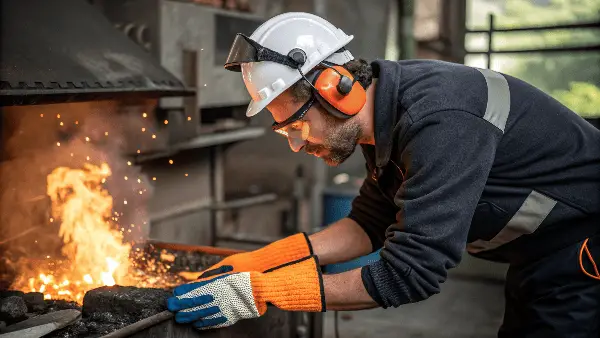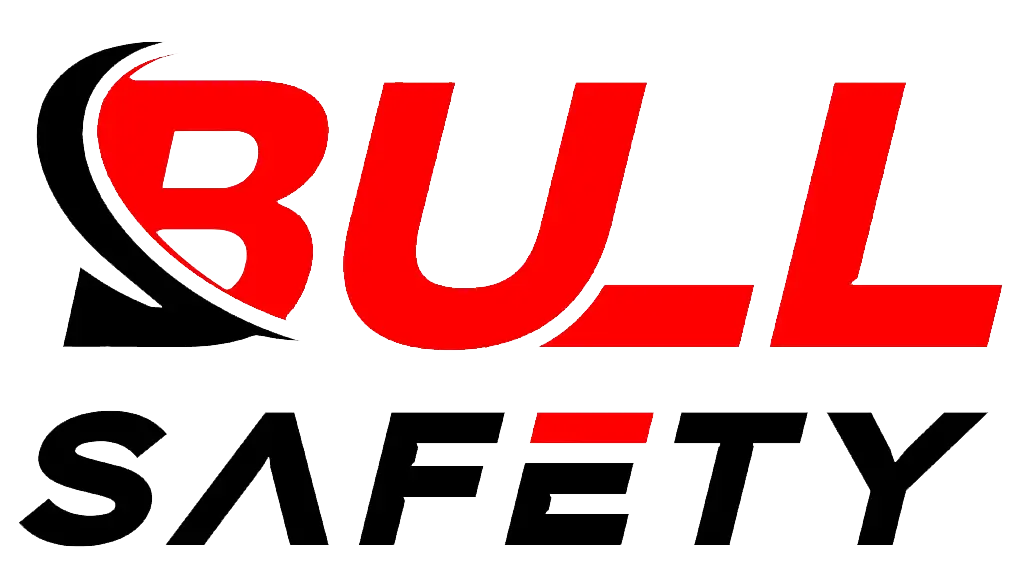
As a man who has been 20 years in the labor protection gloves industry, I know how critical it is to understand the standards for heat resistant gloves1. Ensuring proper protection in high-temperature environments is not just about comfort—it’s about safety. Different regions have their own safety standards, and knowing what to look for when purchasing gloves can make all the difference. Let me break down the most common standards used in Europe, America, and other parts of the world.
Heat resistant gloves must meet specific standards to provide the right level of protection. These standards vary by region but generally focus on heat resistance, durability, and overall safety.
Why Do Heat Resistant Glove Standards Matter?
The importance of heat-resistant glove standards cannot be overstated. These standards directly impact worker safety. Different countries have their own certifications, such as EN 4072 in Europe and ASTM F10603 in the United States. These standards evaluate a glove’s flame retardancy, contact heat resistance, convective heat resistance, and other key properties.
When buying gloves, I always emphasize checking for these certifications to ensure they meet job requirements. Cutting corners by purchasing substandard products to save money is never worth the risk—safety always comes first!
Heat Resistant Gloves Standards in Europe
Europe has a strict set of standards for heat-resistant gloves, primarily EN 407, which evaluates protection against thermal risks like flames, direct contact heat, convective heat, and molten metal splashes.

The EN 407 standard outlines several performance tests to assess the effectiveness of gloves against heat-related hazards:
- Flame Resistance – Measures how well the glove resists catching fire and self-extinguishes after flame exposure.
- Contact Heat Resistance – Evaluates the glove’s ability to protect against direct contact with hot surfaces, up to 500°C.
- Convective Heat Resistance – Tests the glove’s protection against heat transfer through the air, common in high-temperature environments like foundries.
- Radiant Heat Resistance – Assesses how well the glove shields against radiant heat, such as intense light or fire heat.
- Molten Metal Splash Resistance – Measures protection against molten metal splashes, essential in welding and metalworking industries.
EN 407 assigns a rating from 1 to 4 for each category, with 4 being the highest level of protection.
EN 407 Standard Test Ratings
| Test Category | Rating Scale | Description |
|---|---|---|
| Flame Resistance | 1-4 | Resistance to catching fire |
| Contact Heat Resistance | 1-4 | Protection against direct contact with hot surfaces |
| Convective Heat Resistance | 1-4 | Resistance to heat transmitted through the air |
| Radiant Heat Resistance | 1-4 | Protection against radiant heat |
| Molten Metal Splash Resistance | 1-4 | Ability to withstand molten metal splashes |
This comprehensive standard ensures that gloves meet the necessary safety requirements for various industries, from cooking to metalworking.
Heat Resistant Gloves Standards in America
In the United States, heat-resistant gloves are primarily tested under ASTM F1060, which is designed to evaluate glove performance in high-heat environments.

The ASTM F1060 standard focuses on key areas such as:
- Heat and Flame Resistance – Similar to EN 407, this test measures a glove’s ability to withstand flames and extreme heat.
- Contact Heat Resistance – Evaluates how well the glove protects against direct contact with hot surfaces.
- Temperature Ratings – Determines the temperature range gloves can withstand before losing effectiveness.
- Dexterity and Comfort – Ensures gloves remain usable while providing heat protection.
ASTM F1060 Standard Features
| Test Category | Purpose | Description |
|---|---|---|
| Heat and Flame Resistance | Resistance to direct flame exposure | Gloves must withstand high-temperature conditions without catching fire. |
| Contact Heat Resistance | Protection against direct contact with hot surfaces | Gloves are tested for their ability to withstand contact with heated surfaces, often at temperatures over 250°F. |
| Temperature Ratings | Performance at specific temperatures | Gloves are tested for specific temperature limits, ensuring they can handle tasks like welding or metalworking. |
| Dexterity and Comfort | Ability to work without compromising hand mobility | Gloves must allow workers to perform tasks without interfering with dexterity or comfort. |
While ASTM F1060 prioritizes heat protection, it also considers usability, making it a key standard for gloves used in manufacturing, welding, and firefighting.
Other Standards for Heat Resistant Gloves
Apart from EN 407 and ASTM F1060, there are other international standards that address heat resistance and specific industrial risks.
ISO 374-5 and AS/NZS 2161.3 provide additional guidelines, especially for environments where heat exposure combines with chemical hazards.
- ISO 374-5 (International) – Covers gloves exposed to both heat and chemicals, useful in labs and chemical plants.
- AS/NZS 2161.3 (Australia/New Zealand) – Applies to gloves designed for flame and heat resistance in industries like mining and construction.
- NFPA 2112 (USA) – A standard for flash fire protection, mainly focused on fire-resistant clothing used in high-risk sectors such as oil and gas.
Other Global Heat Resistant Gloves Standards
| Standard | Region | Focus |
|---|---|---|
| ISO 374-5 | International | Protection against both chemicals and heat |
| AS/NZS 2161.3 | Australia/New Zealand | Personal protective equipment for heat and flame exposure |
| NFPA 2112 | USA | Flash fire protection for workers in high-risk environments |
These global standards help ensure that workers in different industries receive adequate protection, whether from intense heat, fire, or hazardous chemicals.
Conclusion
Knowing the standards for heat-resistant gloves can make a huge difference in workplace safety. Whether you’re sourcing gloves for metalworking, welding, or chemical industries, choosing gloves that meet EN 407, ASTM F1060, or other relevant standards ensures that you get the right level of protection.
I always recommend verifying these certifications before making a purchase. Safety is never an area to cut costs—proper protective gloves can prevent serious injuries and even save lives.



